
Church of Panagia, Korfes
Korfes, GR
The church of Panagia in Korfes was built in the 16th century. This small church was destroyed in 1866 and later rebuilt. The original frescoes that decorated it are today unfortunately covered with plaster.
Here you can search for a building to visit. You can use the map find destinations, or you can use the filters to search for a building based upon what different criteria.

Korfes, GR
The church of Panagia in Korfes was built in the 16th century. This small church was destroyed in 1866 and later rebuilt. The original frescoes that decorated it are today unfortunately covered with plaster.
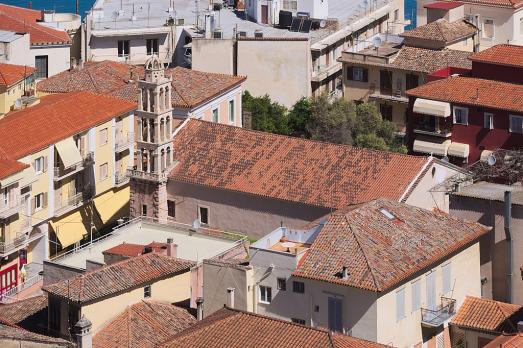
Nafplio, GR
.
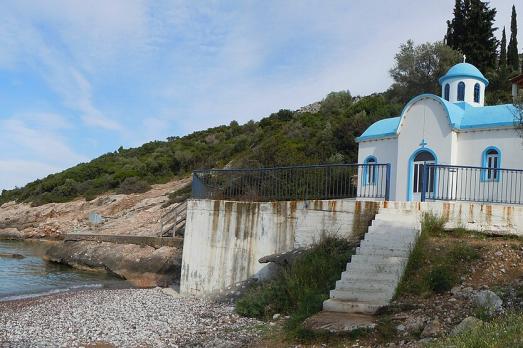
Epidavros, GR
.
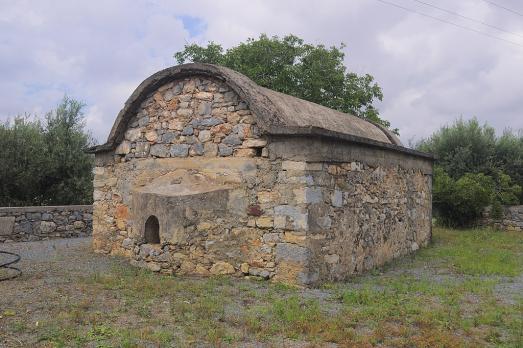
Kastelli, GR
The church of Panaya Kera is a place of worship built during in the 14th century during the Venetian period in Crete (1205–1669). Some traces of ancient frescoes remain on the walls, now almost erased.
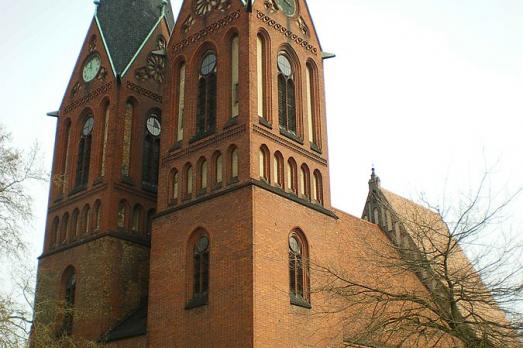
Frankfurt (Oder), DE
The Church of Peace was founded around 1230 but did not receive its final appearance until the 19th century. After the introduction of the Reformation in 1539/40, the church became a temporary store for grain and hay, served as a shelter for the sick and as a powder magazine. From 1656 it was a reformed church. Due to a lack of parishioners after the Second World War, the building gradually lost its use as a church. Today it is used by the Förderkreis Oekumenisches Europa-Centrum e. V., founded in 1994, with the aim of creating an interdenominational meeting centre.
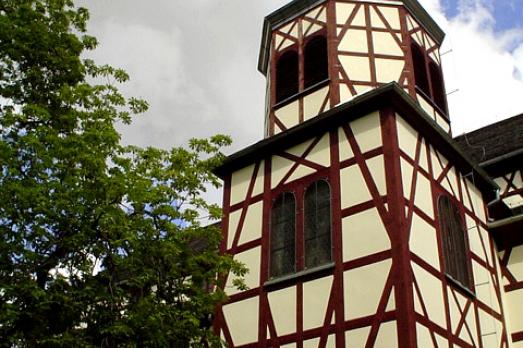
Jawor, PL
The Jawor Peace Church is a Protestant wooden church with a half-timbered structure. It is one of two historic sacred buildings still built as part of the Peace Accord of Westphalia (1648). The church is a world cultural heritage site of UNESCO.
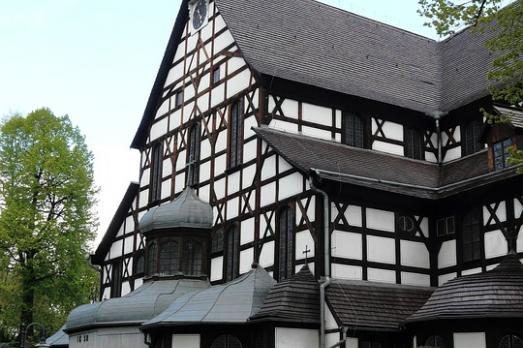
Świdnica, PL
The Peace Church of the Holy Trinity in Świdnica is one of two historic sacred buildings built under the terms of the Treaty of Westphalia (1648). In the interests of peace, Silesian evangelicals were allowed to build three Protestant temples in Silesia, including one in Świdnica. The building has been inscribed on the UNESCO World Heritage List since 2001.
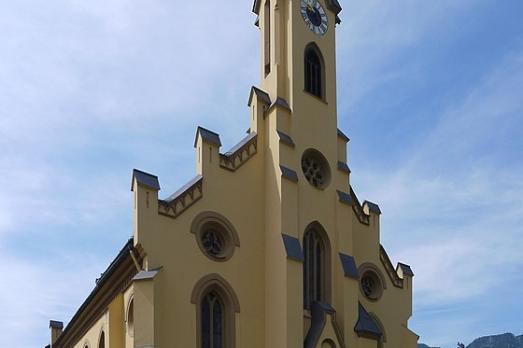
Bad Ischl, AT
The Protestant parish church of Bad Ischl (Evangelische Pfarrgemeinde A.B. Bad Ischl) also known as the Church of Peace (Friedenskirche) has served the protestant community of this little spa town since the late 19th century.
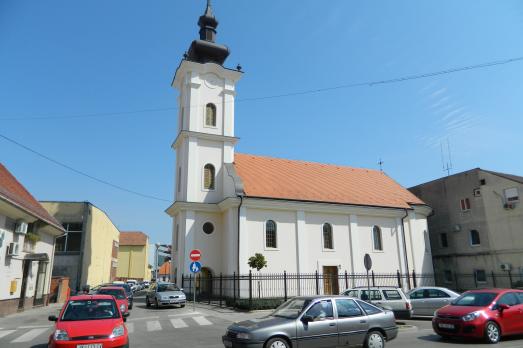
Vinkovci, HR
The Church of Pentecost in Vinkovci is a Serbian Orthodox church built in 1793. After being completely destroyed in 1991 during Croatia's war of independence, a new church, identical to the old one, was rebuilt in the same place from 2007 to 2012.
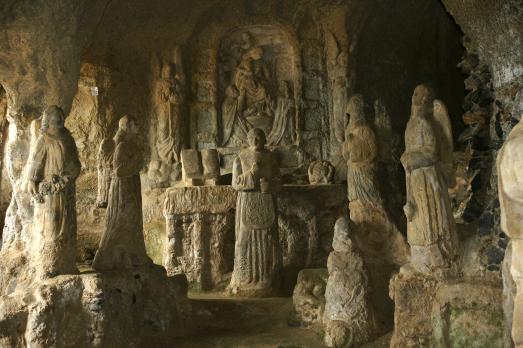
Pizzo, IT
The church of Piedigrotta was entirely excavated from the 18th century in a tuff cliff. First a fishermen's chapel, the cave became a church that grew at the turn of the 19th and 20th centuries. Inside there are several groups of sculptures that furnish it, also in volcanic tuff.

new
The Chassidic Route is a cultural and historical trail tracing the rich legacy of Jewish communities in southeastern Poland and western Ukraine. This region was central to the rise of Chassidism in the 18th century. Here, we highlight 10 remarkable synagogues you’ll discover along this route.

he cradle of the Industrial Revolution in Germany, Chemnitz, is well-known for its industrial heritage landscape, but the city is also home to remarkable examples of religious architecture from different historical periods. Join us as we explore the key landmarks of this European Capital of Culture 2025.

The twin towns of Nova Gorica (Slovenia) and Gorizia (Italy), lying on the border between the two countries, have a rich religious heritage, steeped in centuries of tradition. If you are looking for ideas for your visit, take note of these 10 religious sites that you should not miss.